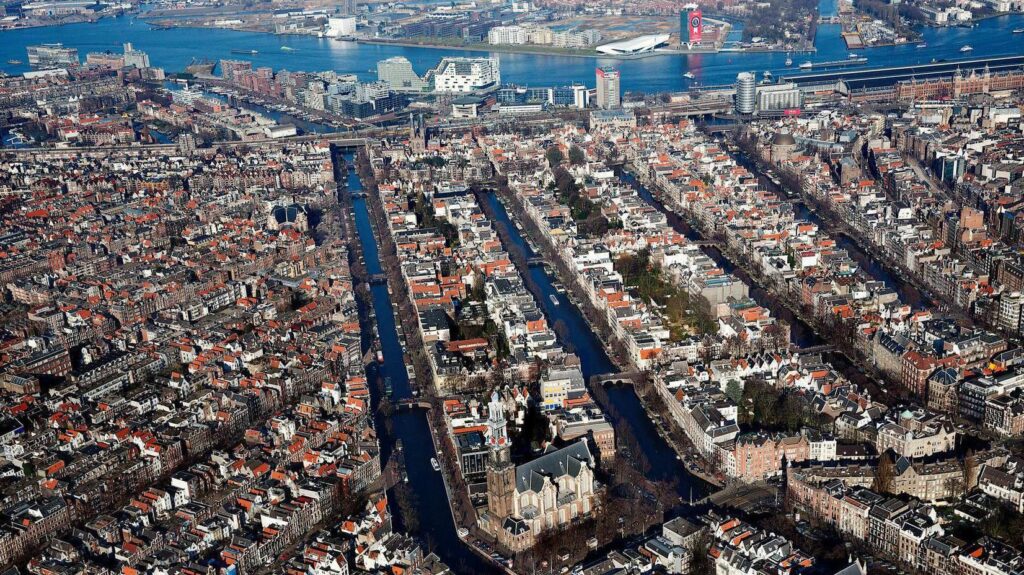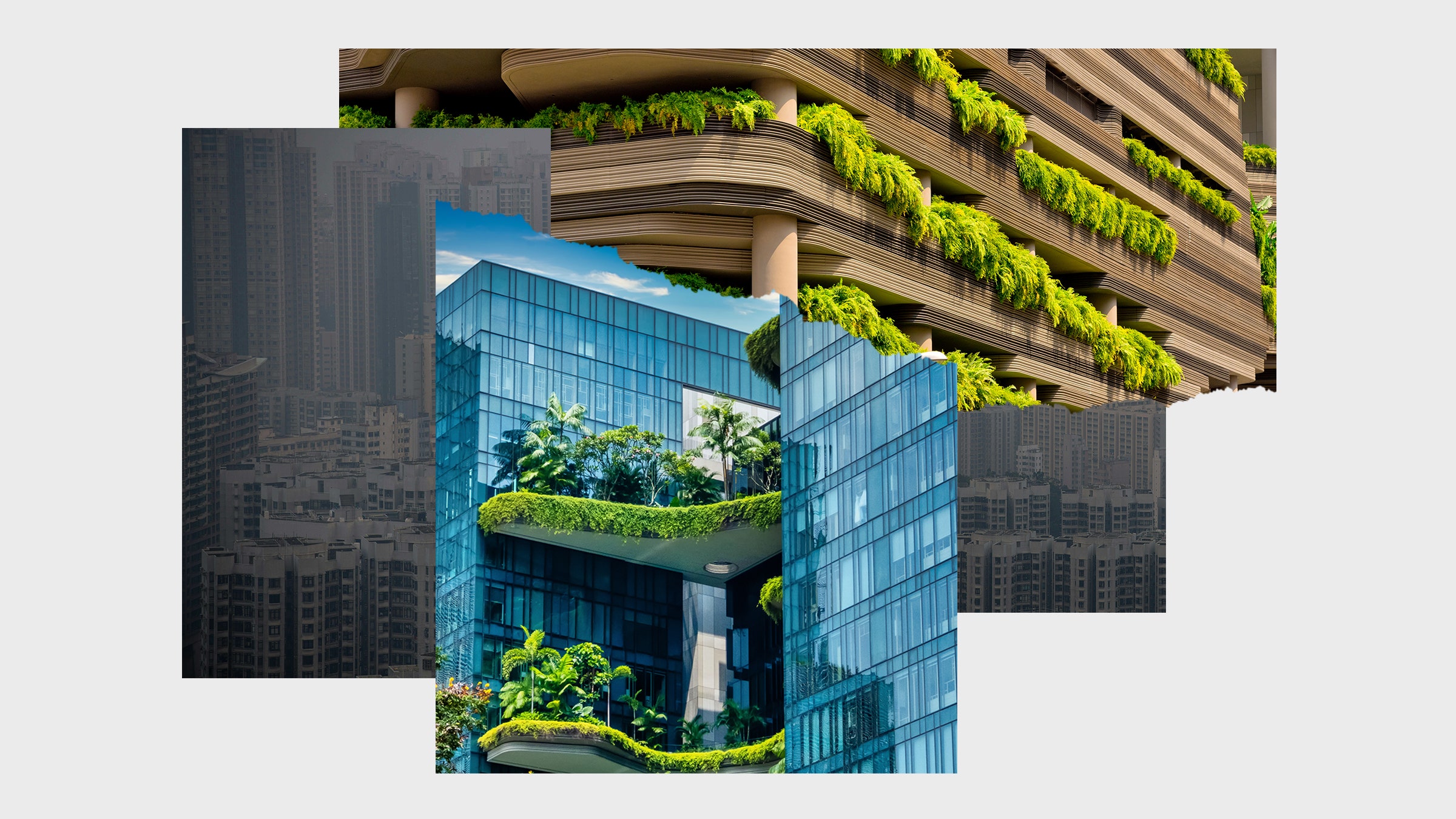The urban canvas of America narrates a tale of two futures: one that persists in the shadow of sustainability challenges and another that shines with the promise of green innovation. As cityscapes sprawl into the environment, they carry with them the potential to redefine the essence of modern living. The quest for sustainability within these concrete expanses is not merely about introducing green spaces but fostering a culture where eco-conscious living becomes the norm.

The Concrete Jungle and Its Discontents
In the sweltering heat of Phoenix, Arizona, the urban heat island effect is not just a discomfort but a warning sign. Roads and buildings absorb and re-emit the sun’s heat more than natural landscapes, turning cities into ovens. In Los Angeles, California, a blanket of smog looms large, with traffic congestion and industrial emissions compromising the air quality. Farther east, Houston, Texas faces a mounting crisis of waste management, as landfills burgeon and recycling struggles to keep up.
Envisioning the Cities of Tomorrow
The cities of tomorrow are within our grasp, envisioned as thriving ecosystems harmonizing with nature. These urban landscapes are not only ecologically robust but are pulsing with life, offering a sanctuary of sustainability amidst the rush of city living.

Social Pillars of Sustainable Urban Development
Our global counterparts are not just envisioning but actively constructing the future of urban sustainability. Their cities serve as living laboratories, experimenting with and implementing solutions that could redefine urban existence worldwide.

Singapore: The Skyward Gardens In the heart of Asia, Singapore’s towering green edifices are more than architectural marvels; they are a testament to a country’s commitment to urban farming, transforming rooftops into productive green spaces.

Copenhagen: The Bicycle Metropolis The streets of Copenhagen bustle with the eco-friendly hum of bicycles. The city’s investment in comprehensive bike paths reflects an unwavering commitment to carbon neutrality, prioritizing pedal power over fossil fuels.

Amsterdam: The Aquatic Stewards Amsterdam’s iconic canals are not merely picturesque; they are part of an intricate water management system, reflecting the city’s historical ingenuity and modern sustainability practices.
Redefining Urban Development
Before delving into the key issues, it’s essential to recognize that sustainable urban development hinges on addressing the underlying social dynamics. It’s about ensuring that the green revolution within city limits is inclusive, equitable, and accessible to all.

Bridging the Green Divide
Inclusivity must be at the heart of urban sustainability. True green cities are those where every citizen, regardless of socioeconomic status, can access and benefit from sustainable resources and amenities.
Oases in Food Deserts
Addressing food deserts through urban agriculture is not just about growing food but cultivating communities. These green spaces can become hubs of education, nutrition, and social connection.
The Right to Move
Public transportation is a hallmark of a modern, sustainable city. An effective and inclusive transit system can serve as the circulatory system of an urban area, vital to its health and the mobility of its residents.
As we envision the transformation of urban centers into bastions of sustainability, we must also consider our roles within this metamorphosis. Every individual can contribute to this collective endeavor. Engage with local environmental groups, participate in city planning sessions, or simply start by cultivating a garden, however small, to green your own slice of the city. The sustainable future we yearn for begins with the actions we take today, within our communities, informed by global successes, and driven by the understanding that every effort counts.

Feature Image credit “The Concrete Jungle Is Turning Green Again” by WIRED



